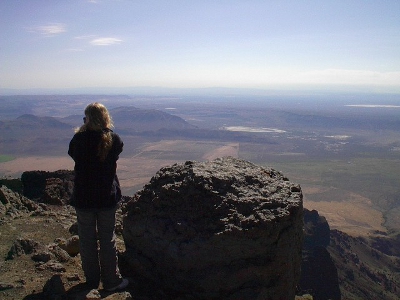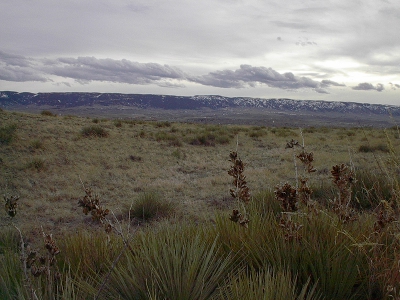What's Range?
Range is everywhere and probably a lot more encompassing and more important than you realize. Range comprises about 70% of the earth's land surface area (not counting the continent of Antarctica). In order for land to be called range, it has to meet two pretty simple criteria: 1) the area has soil and grows plants and 2) some type of herbivores inhabit the area and eat the plants. This rules out things like dunes, ice sheets, cropland, cities, and land designated for other particular purposes. One textbook defines range as "those areas of the world which by reasons of physical limitations... are unsuited to cultivation and which are a source of forage for free-ranging native and domestic animals, as well as a source of wood products, water, wildlife, recreation, and energy." A more recent textbook defines range as "uncultivated land that will provide the necessities of life for grazing and browsing animals." Two other words often used interchangeably with range are rangeland and wildland. When looking at all the different continents, it is easy to see that different areas of the earth have different types of range. And, these rangelands are ecosystems that are a unique product of their soil, plant, and animal parts. So whether you are herding cattle in Puerto Rico, viewing rhinos in Africa, wading one of the tallgrass prairies in North America, or hiking across a Hawaiian island - you are in range.
Above: Range in SE Oregon. Photo taken from Steens Mountain, overlooking the Alvord Desert (by Casey Matney).
Below: Range in Wyoming. Photo taken near Casper, Wyoming (by Casey Matney).




